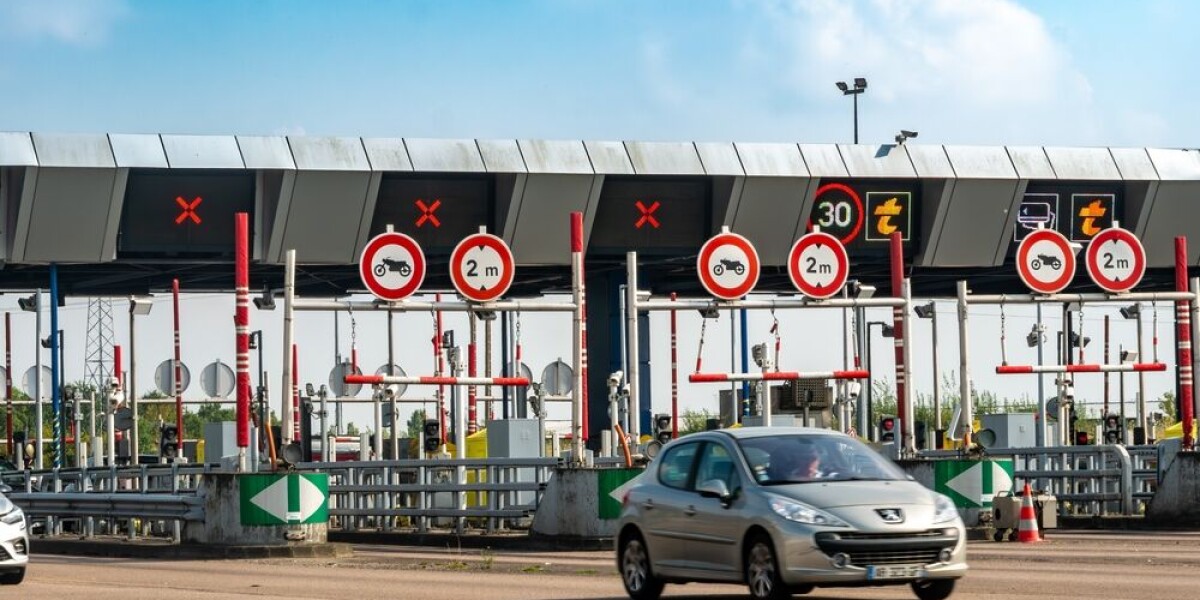Play all audios:
LAND AROUND 300-TONNE STRUCTURE WILL BE RECLAIMED BY NATURE Drivers who frequent the busy A13 motorway are noticing a change this week, as a major structure that held the tollbooth (péage)
gates has been removed. The stretch of road at Buchelay (Yvelines) was converted into a free-flow (flux-libre) motorway in 2024 along with the rest of the A13, meaning the imposing feature
was no longer used to collect tolls and the physical barriers along the road were removed. However, the structure – including its 300-tonne steel canopy – remained in place as the initial
works were carried out as quickly as possible to allow the route, which is one of France’s busiest, to reopen with minimal disruption. Read more: Major French motorway becomes barrier-free
HISTORIC TOLL Works carried out last weekend (March 23 - 24) removed all traces of the physical toll. The structure had been in place since 1963, and was one of the first tollbooths
introduced in France. It took 30 workers around 12 hours to dismantle the structure overnight between Saturday and Sunday, with drivers having to use alternate roads to traverse the closed
section during the removal operation. The road has operated normally without disruption since. The Buchelay toll was one of the largest of the original toll structures still remaining on the
motorway before its removal. Motorway concessionaire Sanef plans to gradually remove the remaining physical toll structures on the A13/A14 – none of which are still in service – gradually
between now and 2027. Land around these remaining physical tolls will be reclaimed by nature after their dismantling, providing a shot of green for drivers along the route. HOW DO FREE-FLOW
MOTORWAYS WORK? The A13 is not the only motorway in France to be converted to a free-flow system, but it is the largest and busiest. Read more: Map shows location of new toll barrier-free
motorways in France (attention you still need to pay) Drivers using these roads still need to pay tolls, but physical barriers have been removed, with technology being used to scan the
number plates or toll badges of drivers using the route instead. Once scanned, drivers have 72 hours to pay the tolls, either on a motorway operator’s website, with an electronic toll badge
(télépéage) or in some cases at a tabac. Read more: How to pay French free-flow motorway fee in rental car without toll badge? Read more: Can UK-registered cars use new French free-flow
motorways? Read more: Will my toll badge work on French barrier-free motorways? The conversion of the A13 seems to be a success, with over 90% of drivers successfully paying the toll within
the 72-hour deadline according to the route operator. In addition, it has slashed travel times by up to 30 minutes on the road, as the removal of physical tolls prevent traffic jams
materialising around them.

